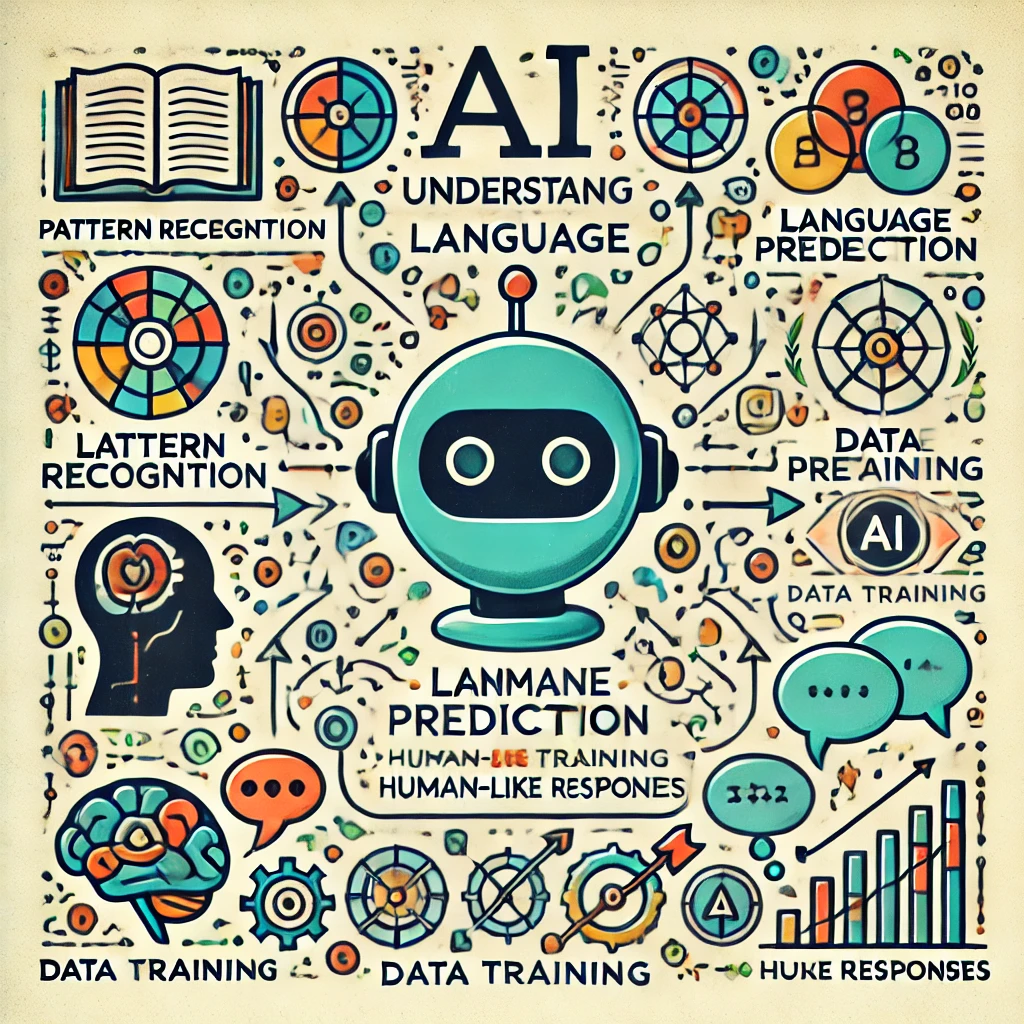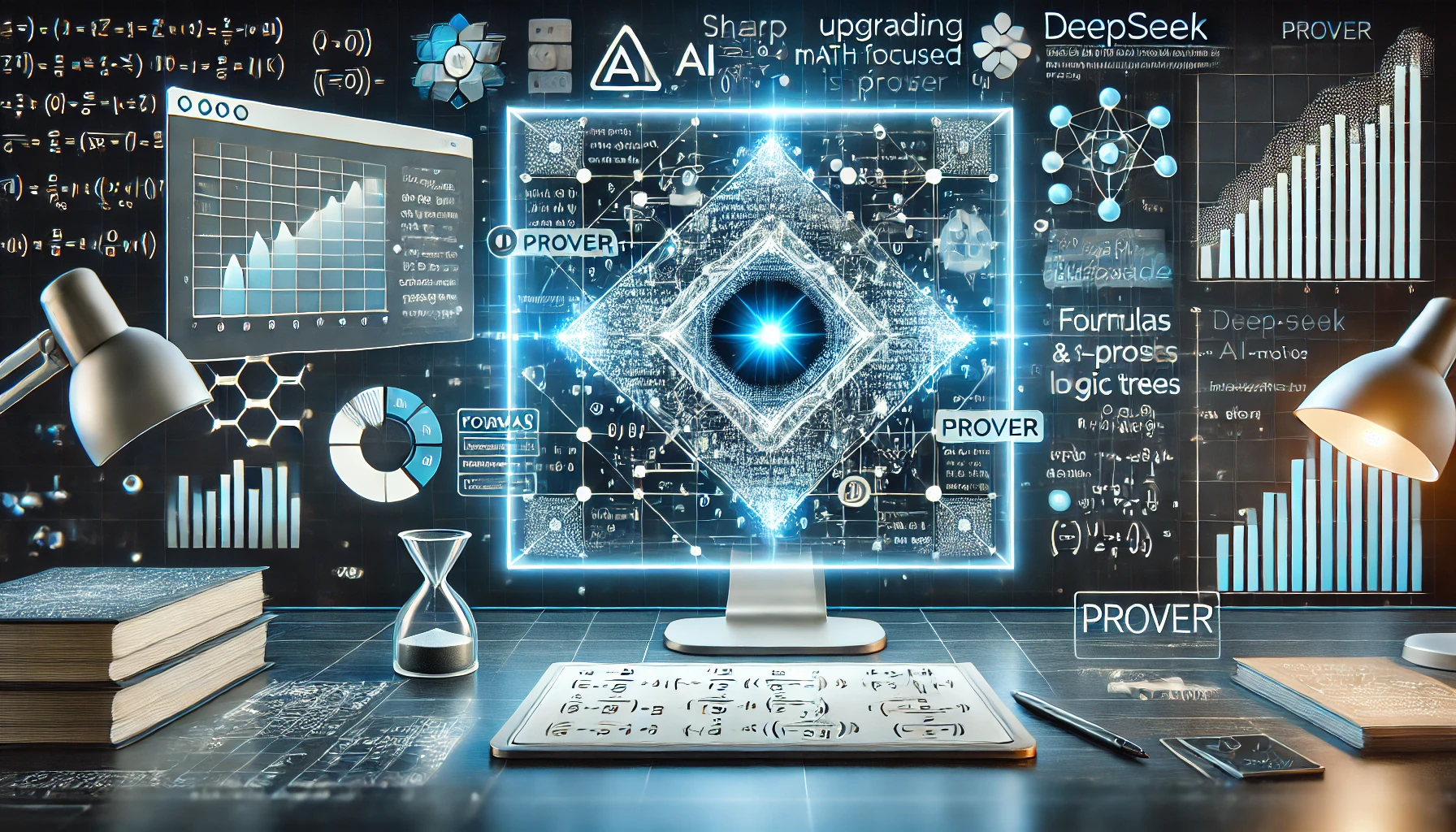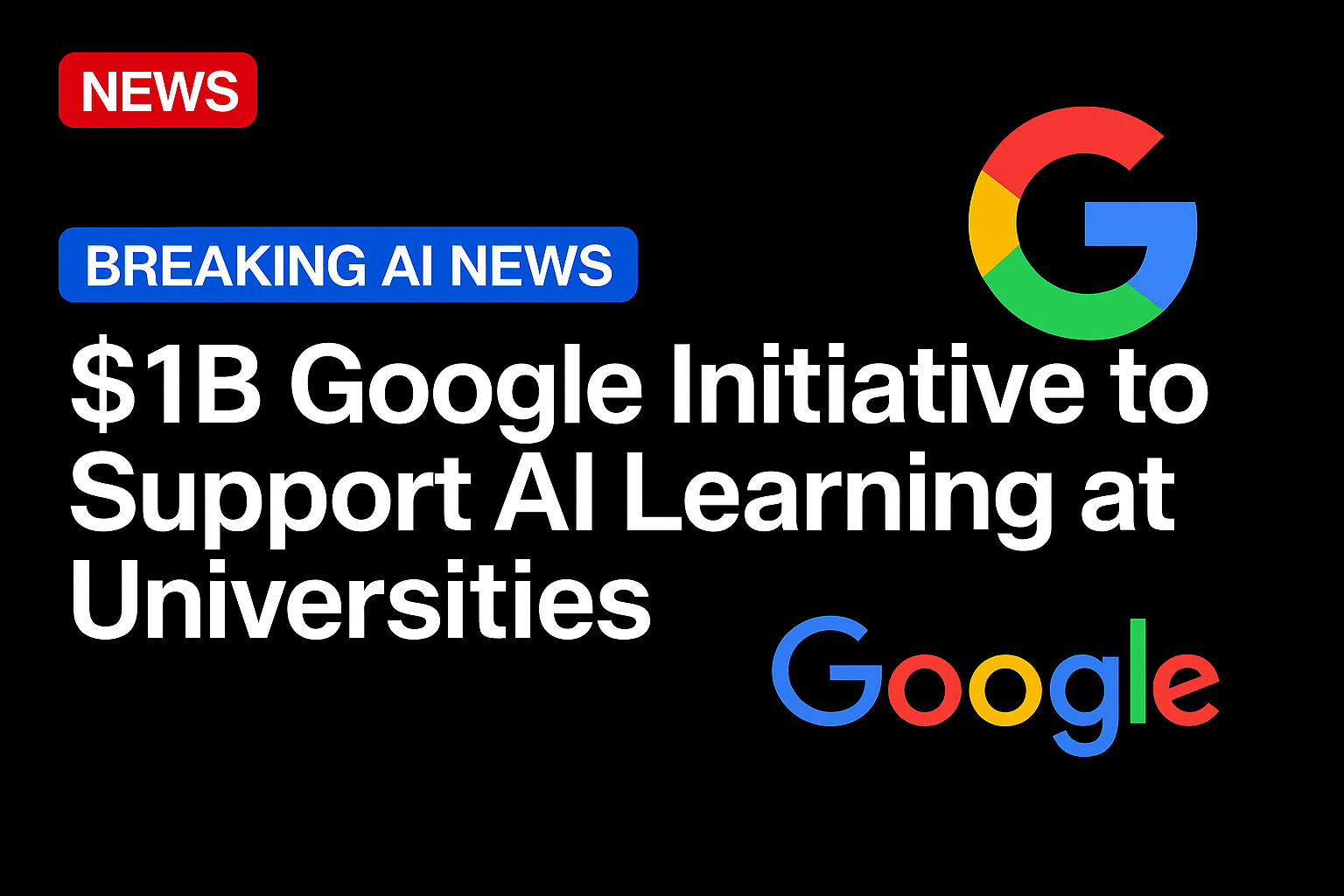Artificial intelligence is everywhere these days, but few AI applications have captivated the world as much as the rise of large language models like ChatGPT. These chatbots, powered by sophisticated algorithms, can generate human-like text, carry on conversations, write essays, and even tell jokes. But behind their seemingly intelligent behavior lies an essential question that continues to puzzle researchers, ethicists, and the public: Does AI actually understand language?
The answer is more complicated than it seems.
The Illusion of Understanding
When you ask an AI chatbot a question and it responds in coherent, often insightful sentences, it’s tempting to think that the machine “understands” what you’re asking in the same way another person might. After all, the responses can be nuanced, informative, and sometimes even creative. But the truth is, AI language models don’t understand language in the way humans do.
AI models like ChatGPT are based on pattern recognition, not comprehension. They are trained on vast amounts of text data—billions of sentences from books, articles, websites, and more—and learn to predict the next word in a sentence based on statistical patterns. When you interact with a chatbot, it generates a response by calculating the probability of word combinations based on what it has learned. It doesn’t understand meaning, context, or intent the way a human brain does; it simply constructs sentences that resemble human language.
This process can create the illusion of understanding. A chatbot might produce a response that feels contextually appropriate or emotionally attuned, but it has no awareness of what it’s “saying.” It doesn’t understand concepts like irony, humor, or empathy—it’s merely generating text that fits the patterns it has learned.
Language Models Are “Stochastic Parrots”
Some AI researchers describe language models as “stochastic parrots”—machines that mimic human language without grasping its meaning. AI doesn’t understand the underlying concepts it’s talking about; it’s repeating what it’s been trained on, much like a parrot repeating phrases it has heard. The term “stochastic” refers to the randomness involved in the way the AI generates responses based on probabilities.
This lack of true understanding raises important questions about the limits of AI. Despite the advanced abilities of models like GPT-4, they cannot reason or interpret the world the way humans do. They don’t have beliefs, experiences, or emotions. They can describe a sunset in poetic terms but have never seen or felt the warmth of one.
So, while AI may appear intelligent on the surface, it’s not “thinking” in any real sense—it’s calculating.
Can AI Ever Truly Understand?
The philosophical debate over whether machines can genuinely understand language—or anything, for that matter—is ongoing. Some argue that AI could never truly understand language because it lacks consciousness, self-awareness, or the ability to experience the world. In other words, AI lacks the subjective human experience that gives words meaning.
Others, however, believe that understanding is a spectrum and that AI could one day achieve a form of understanding, albeit different from human comprehension. Some researchers are exploring ways to imbue AI with more context-awareness or to ground its learning in real-world interactions, which might bring it closer to a form of “understanding.” But for now, the AI we interact with remains more of a tool than a mind.
The Risks of Misinterpreting AI’s Capabilities
The belief that AI understands language in a human-like way can lead to real-world risks. People might trust AI systems with decisions or insights beyond their capabilities, assuming that they “understand” complex situations. But AI is not infallible, and it can make glaring errors that result in misinformation, biased conclusions, or unethical actions.
For example, AI can generate text that sounds authoritative but is factually incorrect. It might also perpetuate harmful stereotypes if trained on biased data. Because AI doesn’t truly understand what it’s saying, it can’t discern right from wrong, and it lacks the ethical reasoning that human judgment requires.
A Different Kind of Intelligence
While AI may not “understand” language in the way humans do, it’s still a remarkably powerful tool. Language models can process information at incredible speed, summarizing complex data, translating languages, writing code, and even helping with creative writing tasks. Their value lies in their ability to assist with tasks that require vast amounts of text processing or pattern recognition.
But it’s crucial to recognize that AI’s intelligence is fundamentally different from human intelligence. It’s not a mind that can comprehend the world—it’s a tool that manipulates information based on learned patterns.
Conclusion: What It Means to “Understand”
In the end, whether AI “understands” language depends on how we define understanding. If understanding requires consciousness, experience, and emotion, then no, AI does not—and likely cannot—understand language in the human sense. However, if we broaden the definition to include the ability to process and generate language in a useful and contextually appropriate way, AI does exhibit a form of functional understanding.
As AI continues to evolve, so too will our definitions of intelligence, understanding, and the roles machines play in our lives. For now, we must remain cautious, remembering that the brilliance of AI lies not in its comprehension of the world, but in its capacity to assist us in navigating it.





